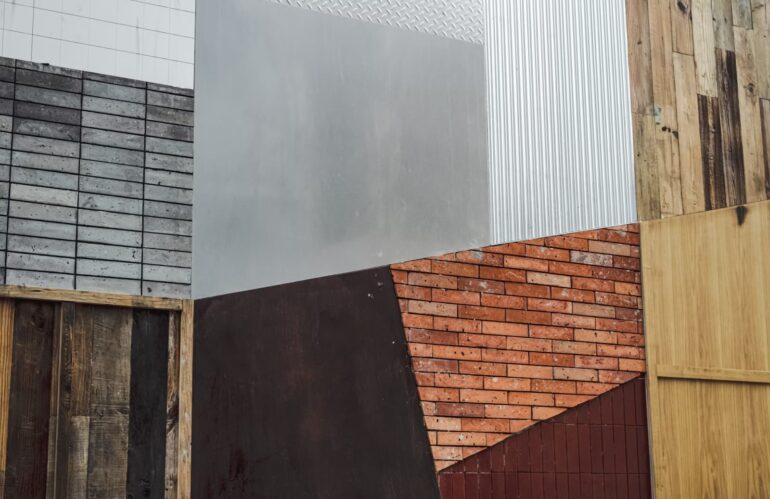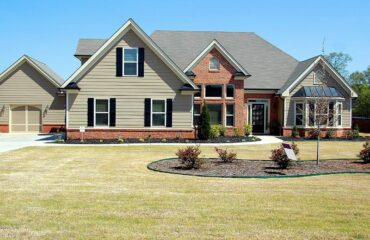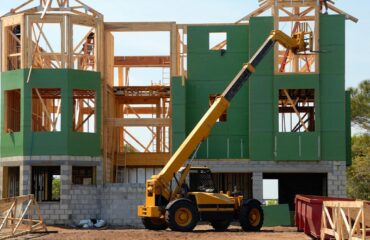In an era where sustainability is becoming a cornerstone of modern living, the construction industry is undergoing a transformative shift. The adoption of eco-friendly building materials is not only a trend but a necessity for ensuring the longevity and health of our environment. As professional builders, it is crucial to stay abreast of these innovations to meet the increasing demand for sustainable construction solutions. This blog post delves into some of the most exciting and promising eco-friendly building materials, their benefits, and their potential future impacts.
The Rise of Sustainable Construction Materials
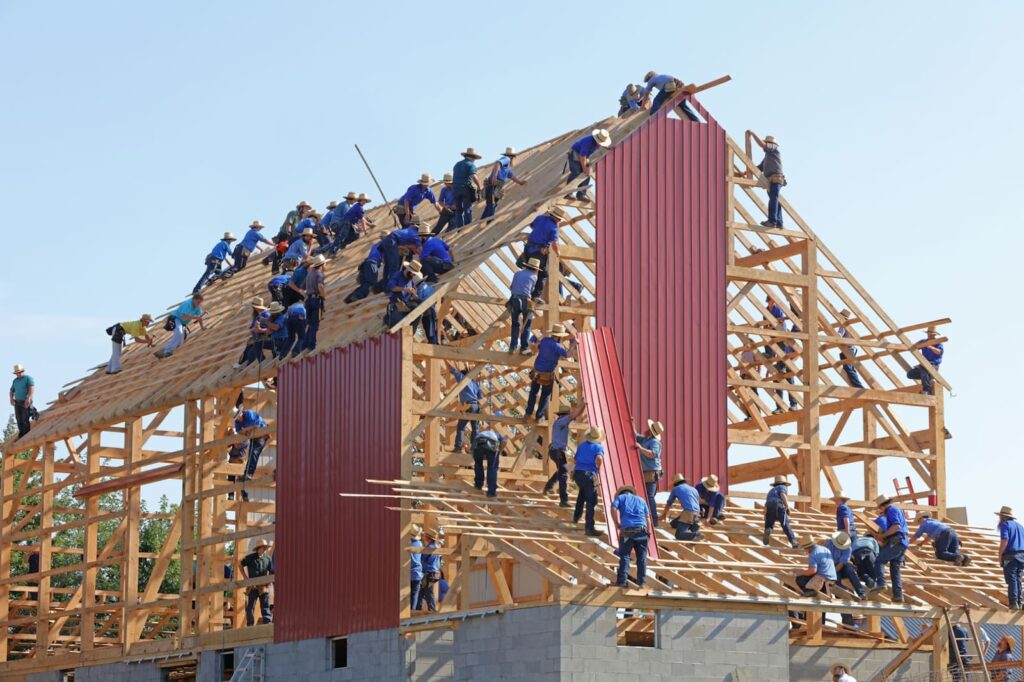
Recycled and Repurposed Materials
A major trend in sustainable construction is the utilization of recycled and repurposed materials. The use of these materials not only reduces the burden placed on natural resources, but they also lessen the amount of trash produced and the environmental impact that construction projects have.
Recycled Steel and Aluminum: Steel and aluminum are among the most recycled materials in the construction industry. Using recycled metals reduces the need for mining and processing raw materials, which is highly energy-intensive. Recycled steel, for instance, is as strong and durable as new steel but requires significantly less energy to produce. This makes it an excellent choice for structural elements in buildings.
Reclaimed Wood: Reclaimed wood is obtained from old buildings, barns, and factories, and reused for new construction. This not only preserves the character and history of the wood but also prevents it from ending up in landfills. Reclaimed wood can be used for flooring, beams, and other architectural details, offering a unique aesthetic appeal along with environmental benefits.
Recycled Plastic: Innovations in recycling technology have made it possible to turn plastic waste into construction materials. Recycled plastic can be used to create durable and versatile products such as composite lumber, which is commonly used for decking, fencing, and outdoor furniture. This not only helps reduce plastic waste but also provides a long-lasting and low-maintenance alternative to traditional wood.
Natural and Renewable Resources
In an effort to lessen their influence on the environment, more and more contractors are turning to natural and renewable materials in their projects. These materials are often biodegradable, non-toxic, and have a lower carbon footprint compared to conventional building materials.
Bamboo: Bamboo is a fast-growing plant that has been used in construction for centuries. It is incredibly strong and flexible, making it suitable for a wide range of applications, from flooring to structural supports. Bamboo’s rapid growth rate and ability to sequester carbon make it an excellent renewable resource for sustainable building.
Cork: Harvested from the bark of cork oak trees, cork is a renewable and biodegradable material. It is used in flooring, insulation, and wall coverings due to its natural thermal and acoustic properties. Cork is also fire-resistant and has a unique aesthetic that adds warmth and texture to interior spaces.
Hempcrete: Hempcrete is a bio-composite material made from the inner fibers of the hemp plant mixed with lime. It is lightweight, insulating, and breathable, making it an excellent material for building walls. Hempcrete is also carbon-negative, meaning it absorbs more CO2 than it emits during production, contributing to a reduction in greenhouse gas emissions.
Future Prospects and Innovations
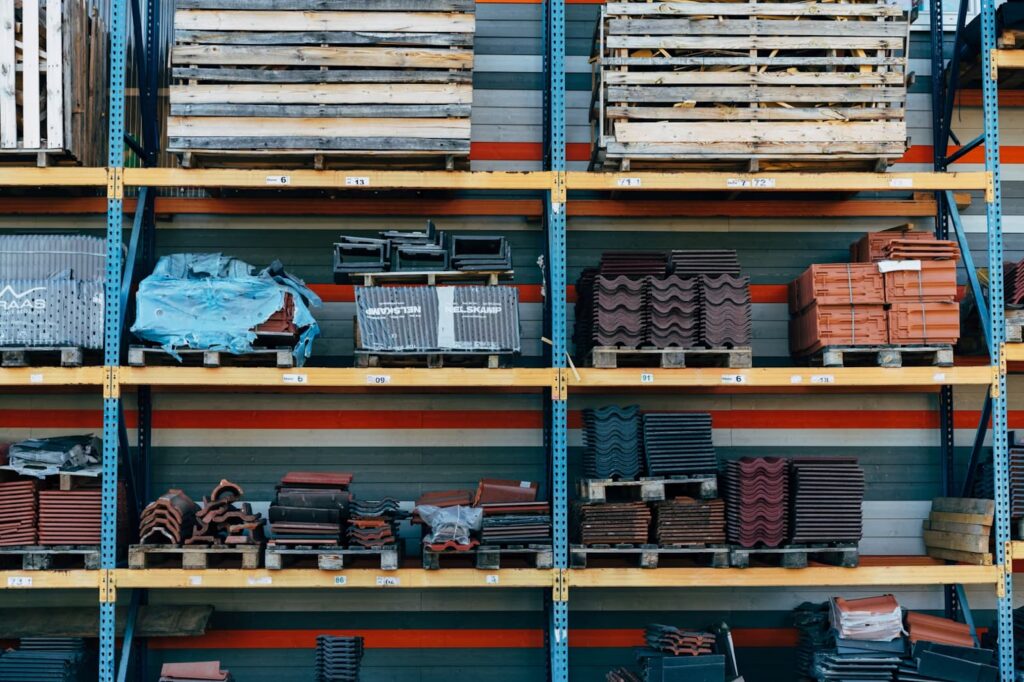
Advanced Biodegradable Materials
The future of eco-friendly construction materials lies in the development of advanced biodegradable options. These materials not only reduce environmental impact during their lifecycle but also minimize waste at the end of their use.
Mycelium-Based Composites: Mycelium, the root structure of fungi, can be grown into various shapes and forms to create biodegradable composites. Mycelium-based materials are lightweight, fire-resistant, and have excellent insulating properties. They can be used for insulation, packaging, and even as structural elements in buildings. As research and development continue, mycelium composites are expected to become a mainstream material in sustainable construction.
Bioplastics: Derived from renewable sources such as corn starch, sugarcane, and algae, bioplastics offer a sustainable alternative to traditional petroleum-based plastics. Bioplastics can be used in a variety of construction applications, from plumbing and fixtures to interior finishes. As technology advances, the durability and performance of bioplastics are expected to improve, making them a viable option for more demanding construction applications.
Innovative Insulation Solutions
Effective insulation is crucial for energy efficiency in buildings. Innovative eco-friendly insulation materials are emerging, offering superior performance while minimizing environmental impact.
Aerogel Insulation: Aerogel is a highly porous and lightweight material with exceptional insulating properties. Made from silica, it has a low thermal conductivity, making it one of the most effective insulators available. Although traditionally expensive, advancements in manufacturing processes are making aerogel more affordable, paving the way for its widespread use in sustainable construction.
Cellulose Insulation: Made from recycled paper products, cellulose insulation is an environmentally friendly alternative to traditional fiberglass insulation. It is treated with non-toxic fire retardants and provides excellent thermal and acoustic insulation. Cellulose insulation is also less energy-intensive to produce and can be easily installed in both new and existing buildings.
In Summary: Embracing a Sustainable Future
The shift towards eco-friendly building materials is not just a passing trend but a critical step towards a sustainable future. As professional builders, embracing these innovative materials not only helps reduce the environmental impact of construction projects but also meets the growing demand for green building solutions. The benefits of these materials extend beyond environmental considerations, offering improved performance, durability, and aesthetic appeal.
By staying informed about the latest trends and advancements in sustainable construction materials, builders can lead the way in creating a greener and more sustainable built environment. The future of construction lies in the innovative use of materials that not only meet the needs of today but also preserve the planet for future generations. Using environmentally friendly construction materials shows how dedicated the sector is to preservation and a better, more resilient future.
